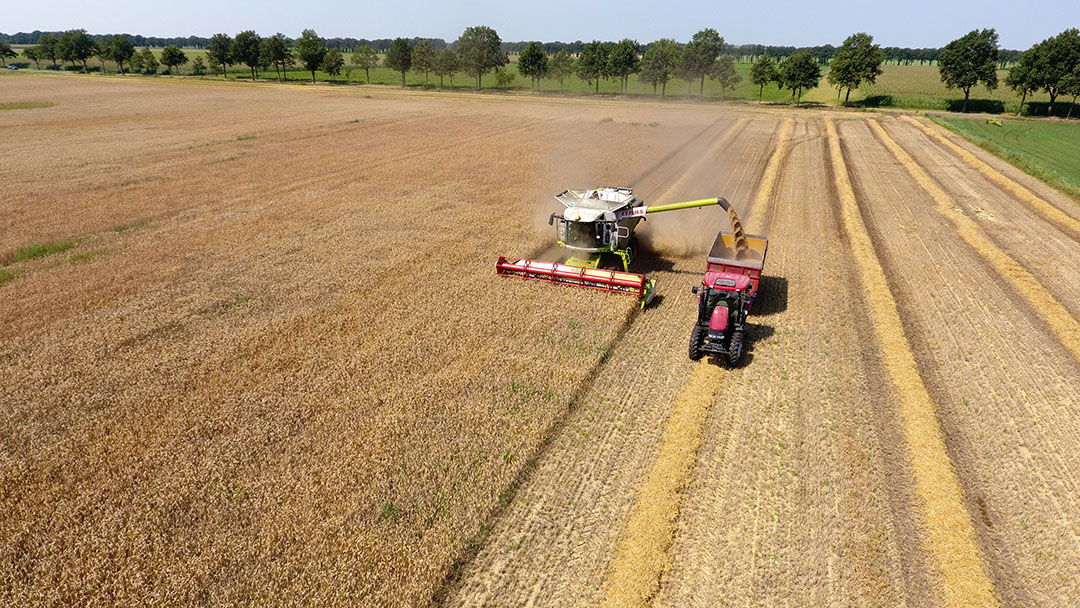Corn market shaken by storm damage in US

Wheat prices currently depend on the progress of the harvest. Corn prices show progression after recent heavy storms in the US Corn Belt.
Wheat prices started slightly depressed at the Paris futures market last week, but later increased. Last Friday, the price of the September contract concluded above € 180.00 per tonne. This is partially attributable to the disappointing hectare yields from the French wheat harvest, reports Agritel. This was previously predicted, but has been confirmed now that the whole harvest has been completed.
Harvest yields vary
On the worldwide physical wheat market, it is becoming noticeable that more harvests are gradually being completed. Harvest yields have been disappointing in the EU, but in the countries around the black sea, they have exceeded expectations. What is also noticeable is that the current price level is attractive enough for importing countries, in particular Egypt, Turkey, and Algeria, which are now starting to buy once more.
Wheat prices sustain their current level, corn shows progression
The Chicago futures market showed a similar development to the one observed in Paris when it comes to wheat prices. On Monday morning, 17 August 2020, the week started off with a small increase in wheat prices. Wheat prices are sustaining their current level at the Chicago futures market, but the same cannot be said for corn prices, which show more progression. This is in no small part due to the damage severe storms have caused to both the crop and to the storage of corn in Iowa, one of the most important US states for corn production. Elsewhere in the Corn Belt, drought persists, the Netherlands Enterprise Agency (RVO) reports. US corn exports are going well, thanks in particular to substantial Chinese purchases.
Wasde report called into question
The upward trend in corn futures prices contradicts the findings of the USDA’s latest monthly Wasde report on the situation in world agricultural markets.
 Futures market
Futures market
Overview of futures prices for: corn, wheat and soybean.
The report, which was released on 12 August 2020, expects a very large corn harvest, but for obvious reasons has not accounted for the storm damage in its projections. According to agricultural-economic website Agrimoney, the USDA’s corn harvest forecast is already called into question due to expected deviations in acreage figures and the actual utilisation thereof.











